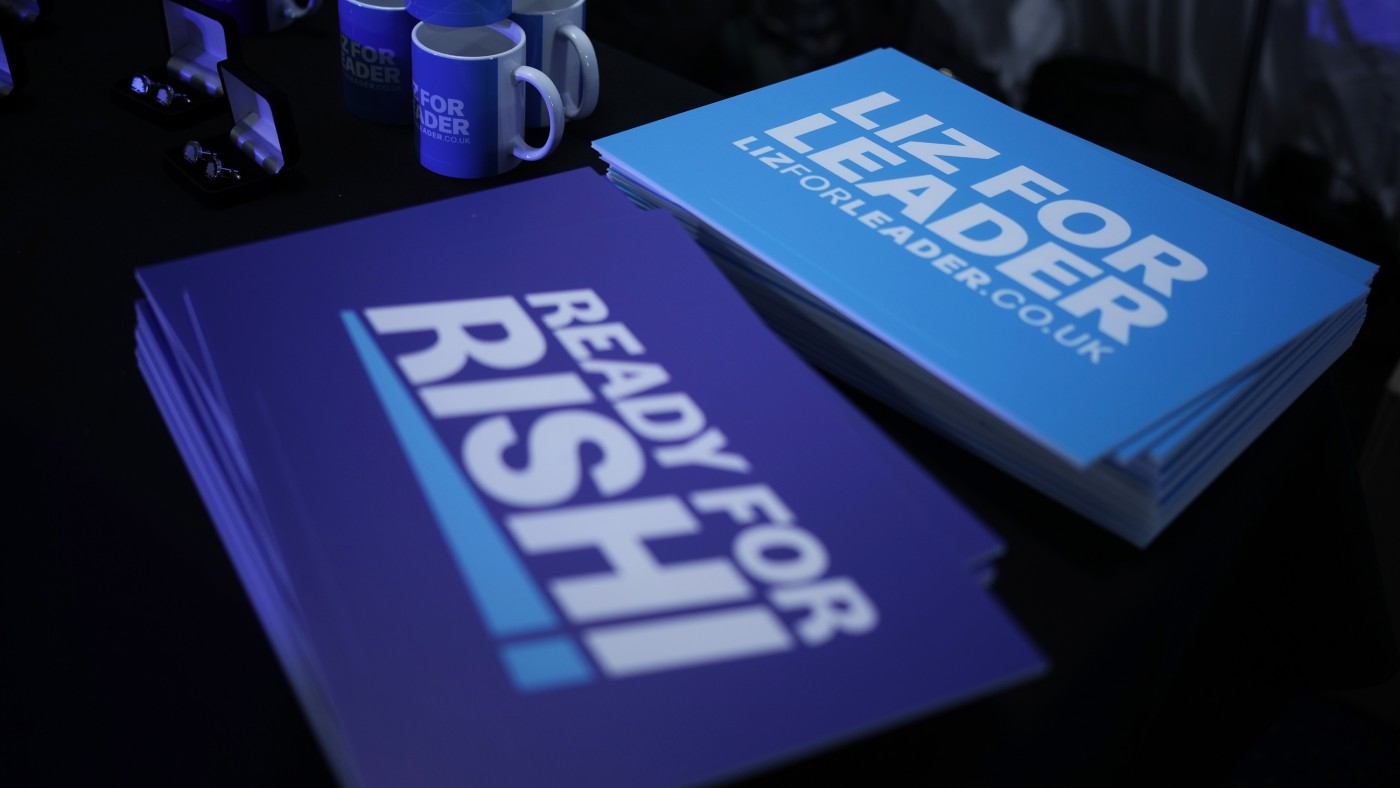Rishinomics vs. Trussonomics: the fiscal matters of the Tory leadership race
Talking point
Sunak’s tax policy is under fire, but can the country afford a dose of Trussonomics?

Christopher Furlong/Getty Images
What is “Trussonomics”? The question will be uppermost in the minds of 160,000 Conservative Party members as they decide whether to make Liz Truss or Rishi Sunak the next PM, said Oliver Shah in The Sunday Times. The popular narrative has ranged the Foreign Secretary and former chancellor at “opposite poles of economic policy” – Truss “the radical tax-cutter”, Sunak “the cautious fighter against inflation”. But, actually, “they aren’t so far apart on fiscal matters”. The centrepiece of Truss’s manifesto is £34bn of immediate tax cuts, paid for “within the existing fiscal envelope” (i.e. via the £30bn of “headroom” in the public finances identified by the OBR, plus additional borrowing if necessary). Sunak, who derides promises of unfunded tax cuts at a time of soaring inflation as “fairytale” economics, has promised to bring down taxes once he has “gripped” inflation. The real difference between them, then, is one of “timing and tone”.
If that’s the case, said Tom Rees in The Daily Telegraph, you can see why Truss is the bookies’ favourite. As recession warnings mount, “Rishinomics is coming under fire for being too complacent” about the huge task ahead – preserving growth and easing the cost-of-living crisis. And he has what Torsten Bell of the Resolution Foundation calls a “dog’s dinner” of a tax plan. Sunak, Bell points out, plans to cut income tax and freeze thresholds, while doing the opposite with national insurance. This will mean that “lower earners are disproportionately affected”. Sunak has raised taxes to the highest level in decades; international bodies like the OECD have warned against the UK’s “contractionary” position, and urged it to “consider slowing fiscal consolidation to support growth”.
Yet Liz Truss is “short of heavyweight support”, said The Guardian. Even her backers concede tax cuts could prove inflationary and would likely lead to higher interest rates – harming both consumers and public finances. It’s questionable whether the “threadbare” public purse could cope with Trussonomics, said Patrick Hosking in The Times. Government debt has hit 96.1% of GDP, and “the interest bill is rocketing, thanks to the huge amounts of inflation-linked gilts issued”. The interest cost this June was £19.4bn – 113% higher than in June 2021. “Against this backdrop”, Truss’ plans look “dangerously irresponsible”. She argues that tax cuts would boost growth and therefore “pay for themselves” in higher receipts – the seductive theory of the “Laffer curve”. This flies in the face of “financial orthodoxy”. It might be “catnip” to the Tory grassroots, but whether Trussonomics “can survive contact with the reality of the currency and gilt markets is another matter”.
